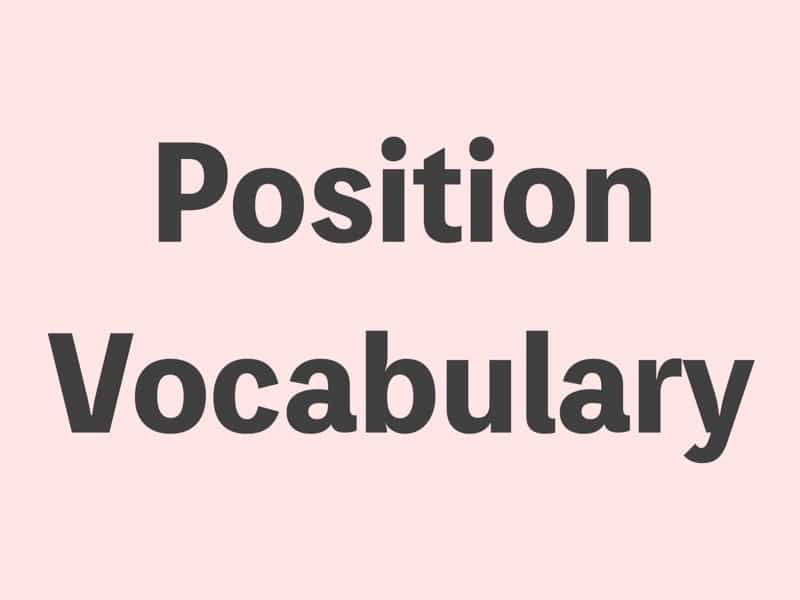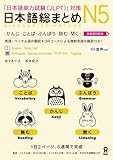Understanding how to express existence and position is crucial in mastering Japanese. This guide focuses on two key aspects: the verbs “あります” (arimasu) for inanimate objects and “います” (imasu) for animate beings, covering their present, past, and negative forms.
Additionally, we will delve into essential vocabulary related to position and location, such as “上” (ue) for “above” and “下” (shita) for “under.” Whether you’re a beginner or looking to refine your skills, this resource will equip you with the foundational knowledge necessary for effective communication in Japanese.
JLPT Textbook Recommendations
あります (arimasu)
- Meaning: “There is” or “to exist” for objects.
- Usage: Used when referring to non-living things, such as objects, places, or concepts.
ほんがあります。(hon ga arimasu)
There is a book.
ぎんこうがあります。(ginkou ga arimasu)
There is a bank.
います (imasu)
- Meaning: “There is” or “to exist” for people or animals.
- Usage: Used when referring to living things, such as people or animals.
ねこがいます。(neko ga imasu.)
There is a cat.
List of the positional vocabulary
| On・Above・Top | 上(うえ) | ue |
| Under | 下(した) | shita |
| In front | 前(まえ) | mae |
| Back・Behind | 後ろ(うしろ) | ushiro |
| Right | 右(みぎ) | migi |
| Left | 左(ひだり) | hidari |
| Inside・In | 中(なか) | naka |
| Outside | 外(そと) | soto |
| Next to | 隣(となり) | tonari |
| Near・Close to | 近く(ちかく) | chikaku |
| Between A and B | AとBの間(あいだ) | A to B no aida |
Example:
テーブルのうえに、ほんがあります。(Tēburu no ue ni, hon ga arimasu.)
There is a book on the table.
ほんはテーブルのうえです。(Hon wa tēburu no ue desu.)
The book is on the table.
いすのしたに、ねこがいます。(Isu no shita ni, neko ga imasu.)
There is a cat under the chair.
ねこはいすのしたです。(Neko wa isu no shita desu.)
The cat is under the chair.
わたしのうちは、おおさかにあります。 えきのちかくです。こうえんのまえにあります。
Watashi no uchi wa, Ōsaka ni arimasu. Eki no chikaku desu. Kōen no mae ni arimasu.
My house is in Osaka. It is near the station. It is in front of the park.




コメント